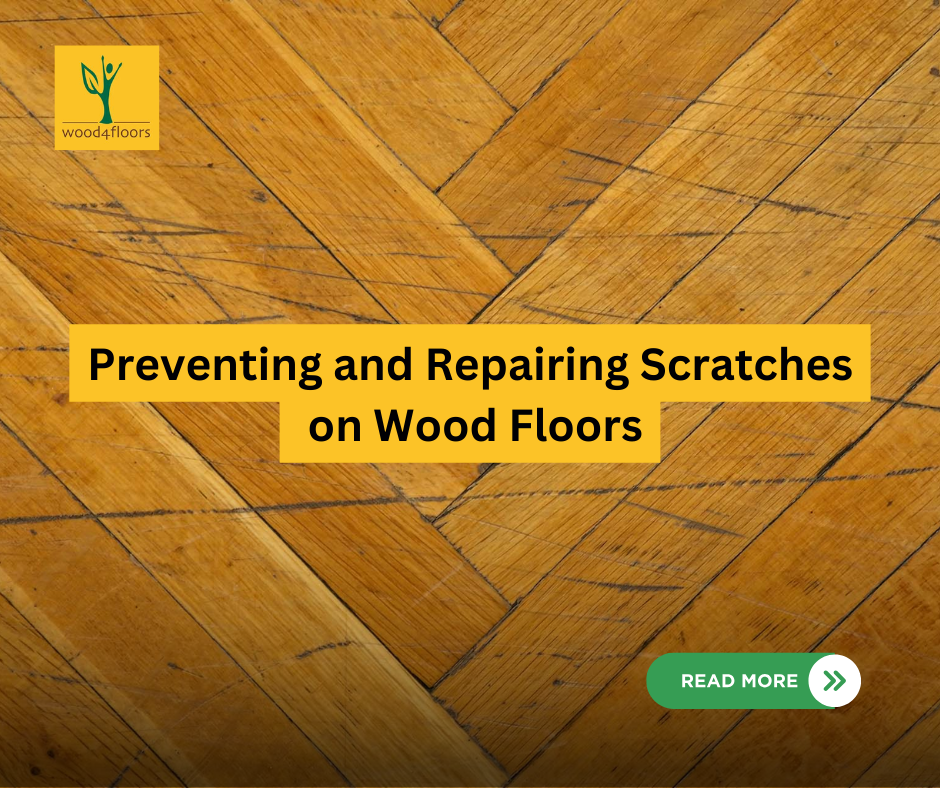Wood floors add warmth and elegance to our homes, but the daily hustle and bustle can sometimes leave unsightly scratches. Fear not! In this blog, we’ll explore effective ways to prevent and repair scratches on your beloved wood floors, ensuring they stay as beautiful as the day they were installed.
- Prevention is Key:
The best way to deal with scratches is to prevent them in the first place. Place felt pads under furniture legs, use rugs or mats in high-traffic areas, and encourage family members to remove shoes indoors. These simple steps can go a long way in preserving the pristine condition of your wood floors.
- Regular Cleaning Routine:
Dirt and debris can act like sandpaper, causing scratches over time. Establish a regular cleaning routine by sweeping or vacuuming to remove dirt and grit. Use a soft-bristle attachment to prevent scratching during cleaning, and mop with a well-wrung damp mop to avoid excess water on the wood surface.
- Choose the Right Cleaning Products:
When it comes to cleaning wood floors, choose products specifically designed for hardwood. Avoid harsh chemicals and opt for pH-neutral, non-abrasive cleaners. This helps maintain the finish and prevents accidental damage that might occur with abrasive substances.
- Area Rugs and Runners:
Strategic placement of area rugs and runners not only enhances your decor but also provides an extra layer of protection for your wood floors. High-traffic areas, such as hallways and entryways, can benefit greatly from these stylish additions.
- Pet Care Measures:
Pets can be adorable but can also contribute to scratches with their claws. Keep your pets’ nails trimmed regularly and place rugs or mats in their favorite lounging spots. This way, you can enjoy the company of your furry friends without sacrificing your wood floors.
- Quick Action for Spills:
Accidents happen, and spills can lead to water damage and stains. Wipe up spills promptly using a soft, absorbent cloth to prevent water from seeping into the wood. This quick action not only prevents potential damage but also maintains the floor’s overall appearance.
- DIY Scratch Repair:
If scratches do occur, don’t panic. Minor scratches can often be addressed with simple DIY remedies. Try using a mixture of equal parts olive oil and vinegar to gently buff out light scratches. For deeper scratches, consider using a wood filler matched to your floor’s color.
- Professional Refinishing:
For more extensive damage or if DIY methods don’t yield satisfactory results, consult professionals for refinishing. They can sand away scratches, apply a new finish, and bring your wood floors back to their original glory.
Conclusion:
Preserving the beauty of your wood floors involves a combination of preventive measures and timely repairs. By adopting these simple strategies, you can keep scratches at bay and ensure your wood floors remain a stunning focal point in your home. From everyday maintenance to DIY fixes and professional refinishing, taking care of your wood floors is an investment in both aesthetics and longevity.

